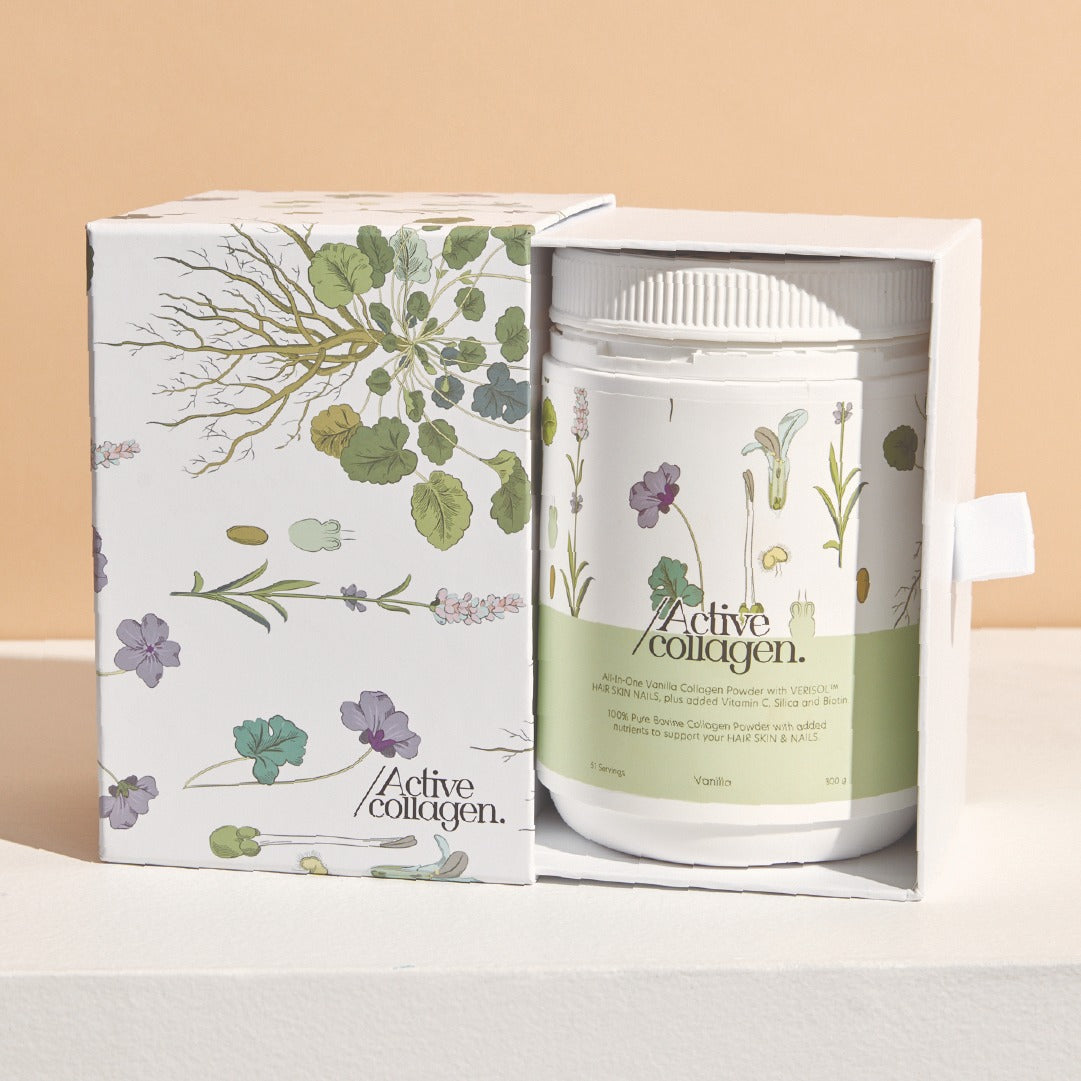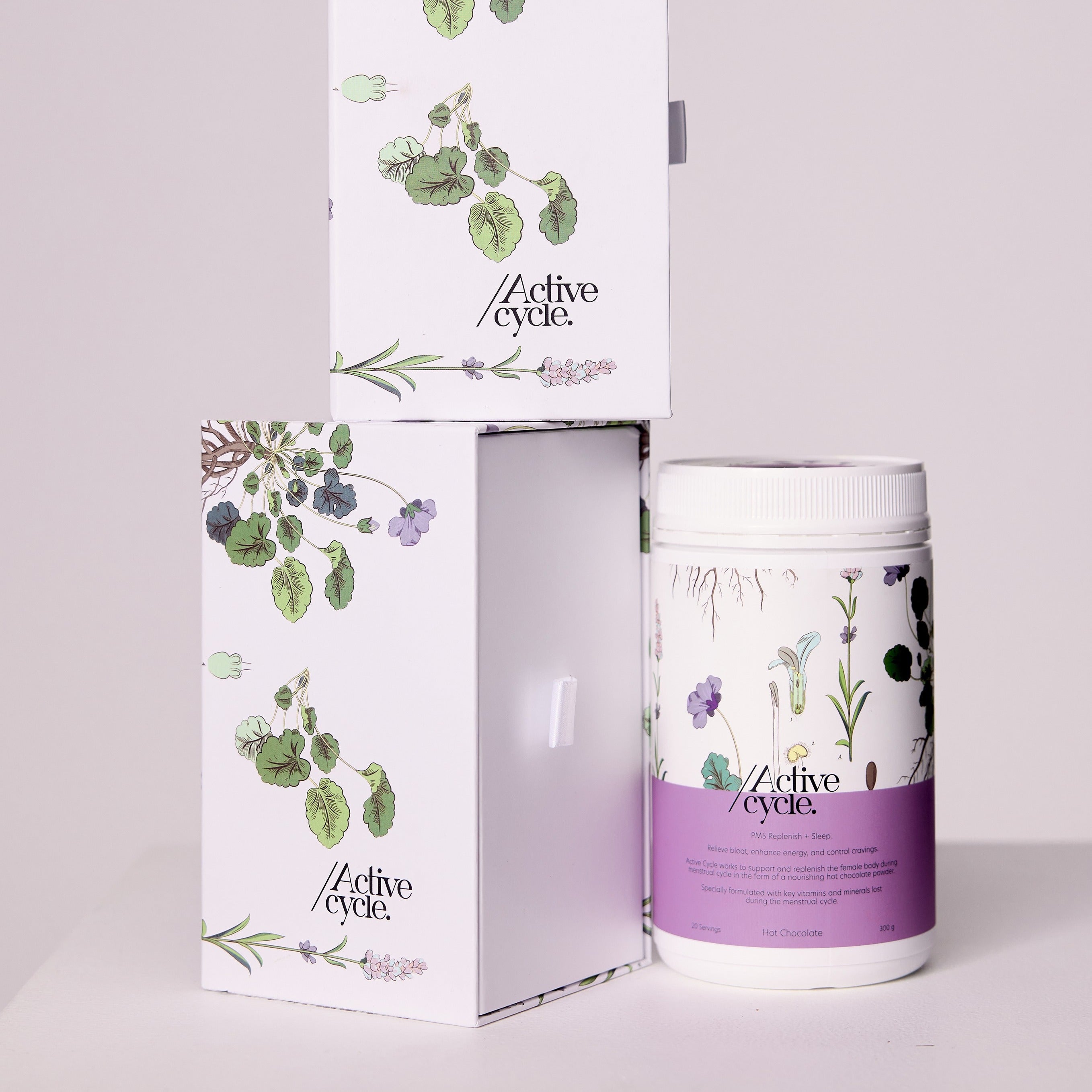Putting the spotlight on calcium: the bone mineral.
It seems that over the last decade being plant-based, dairy free or vegan have become almost the norm in dietary preference. Although, it is safe to say that if you are not paying particular attention to what you are eating or, rather, not prioritising getting enough essential nutrients this can be detrimental to your health. For women in particular, getting enough calcium is crucial for bone health and knowing what plant-based sources are high in calcium, especially if you follow a dairy free diet, is beneficial.
When we think of bones it is no wonder calcium pops into mind as calcium makes up 70% of the weight of our bones. Bones reach their peak mass around the age of 30, so it is essential that daily calcium intakes are met to prevent bone diseases such as osteoporosis. The recommended daily intake (RDI) for women is 1,000mg/day up until the age of 50 and increases to 1,300mg/day after 50 due to a 15% loss in bone mass in the 5 years following menopause.
These numbers can seem a little daunting though there are some easy ways of sneaking calcium in and boosting its absorption. And don’t worry, you won’t have to guzzle 2 litres of calcium fortified plant milk to achieve optimal levels!
Avoid Too Much Caffeine – consuming caffeine whether it’s a cup of coffee, green or black tea, energy drinks, or chocolate around calcium rich food sources can interfere with the absorption of calcium and also may increase its elimination. Caffeine in high doses - over 3 cups of coffee per day - can put you at greater risk for osteoporosis due to its effects on bone mineral loss. Consider modifying your caffeine intake and consuming caffeine away from meals.
Tahini – lathering a tablespoon of this gorgeous nutty spread on your morning toast is a calcium-rich alternative to other spreads, giving you 63mg of calcium per spoonful. Tahini is super easy to add into almost anything - salad dressings, hummus, smoothies, cakes, curries – and a great alternative for nut-free lunchboxes too.
Almonds – just a handful of almonds, around 30g, provides 76mg of calcium. Almond milk is a popular alternative to cow’s milk and provides other essential nutrients like vitamin E and protein. Keeping a jar full of almonds on hand – in the car, desk draw or in your bag – is an easy way of getting in calcium.
Dark Leafy greens – like spinach and kale contain high amounts of calcium per serve. So don’t skimp on leafy greens when you’re making salads, side dishes and smoothies. Try sautéing them along with your eggs at breakfast, throwing a handful into your sandwich or hiding them in lentil bolognese.
Chia Seeds – often referred to as a superfood, chia seeds are a wonderful source of plant-based calcium – among other nutrients like fibre and essential fatty acids. Chia seeds are absorbent and when mixed with your favourite plant milk, nut butter and a splash of vanilla create a nourishing breakfast or snack as a chia pudding.
If you are concerned about your calcium levels or intake be sure to work with a professional practitioner, like a clinical nutritionist, for individual needs. In the meantime, try adding the above foods into your diet to ensure you are getting enough calcium.
Branca, F., & Vatueña, S. (2001). Calcium, physical activity and bone health - building bones for a stronger future. Public Health Nutrition, 4(1), 117-23. https://doi.org/10.1079/PHN2000105
National Health and Medical Research Council. (2014). Nutrient Reference Values for Australia and New Zealand. Calcium. https://www.nrv.gov.au/nutrients/calcium
Drużyńska, B., Wołosiak, R., Grzebalska, M., Majewska, E., Ciecierska, M., & Worobiej, E. (2021). Comparison of the content of selected bioactive components and antiradical properties in yoghurts enriched with chia seeds (0RW1S34RfeSDcfkexd09rT2salvia hispanica1RW1S34RfeSDcfkexd09rT2 L.) and chia seeds soaked in apple juice. Antioxidants, 10(12), 1989. https://doi.org/10.3390/antiox10121989
Nemzer, B., Al-Taher, F., & Abshiru, N. (2021). Extraction and natural bioactive molecules characterization in spinach, kale and purslane: A comparative study.Molecules, 26(9), 2515. https://doi.org/10.3390/molecules26092515
Marquès, M., Correig, E., Capdevila, E., Gargallo, E., González, N., Nadal, M., & Domingo, J. L. (2022). Essential and non-essential trace elements in milks and plant-based drinks. Biological Trace Element Research, 200(10), 4524-4533. https://doi.org/10.1007/s12011-021-03021-5
Gorman, M., Knowles, S., Falkeisen, A., Barker, S., Moss, R., & McSweeney, M. B. (2021). Consumer perception of milk and plant-based alternatives added to coffee. Beverages, 7(4), 80. https://doi.org/10.3390/beverages7040080
USDA, FoodData Central. (2019). Nuts, Almonds. https://fdc.nal.usda.gov/fdc-app.html#/food-details/170567/nutrients
Kübra Tel Adıgüzel, & Köroğlu, Ö. (2022). Caffeine intake and bone mineral density in postmenopausal women. Gülhane Tip Dergisi, 64(3), 262-267. https://doi.org/10.4274/gulhane.galenos.2022.93585
USDA, FoodData Central. (2019). Seeds, sesame butter, tahini, from raw and stone ground kernels. https://fdc.nal.usda.gov/fdc-app.html#/food-details/169410/nutrients




